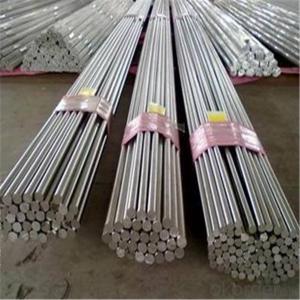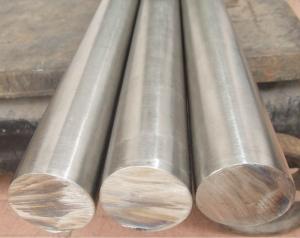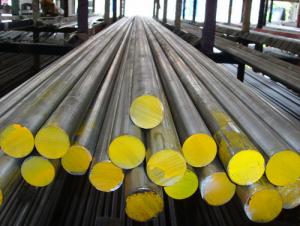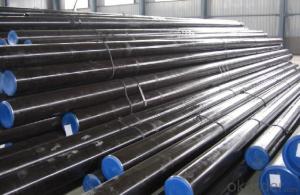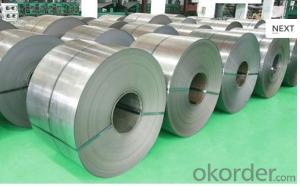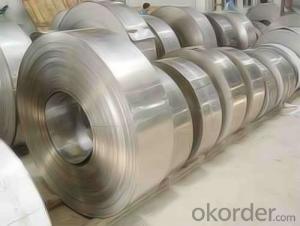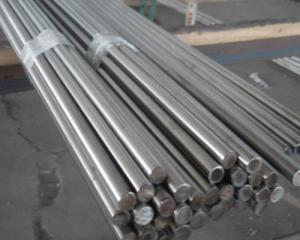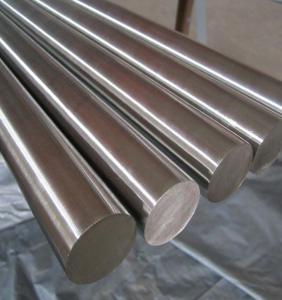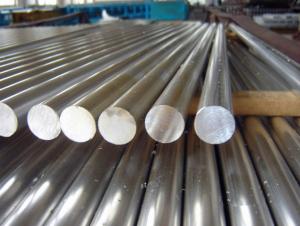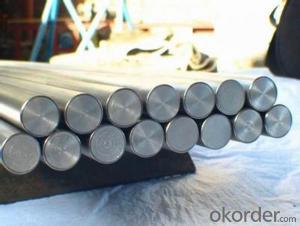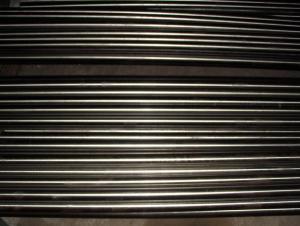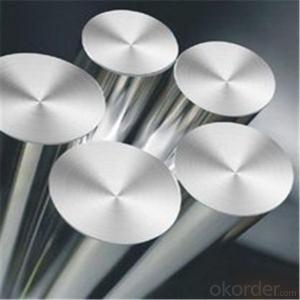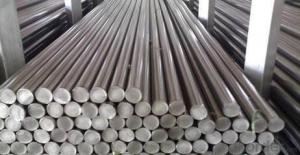aisi 430 Stainless Steel Round Bar Price per kg
- Loading Port:
- Shanghai
- Payment Terms:
- TT OR LC
- Min Order Qty:
- 2 m.t.
- Supply Capability:
- 20000 m.t./month
OKorder Service Pledge
OKorder Financial Service
You Might Also Like
Item specifice
1.Specifications
stainless steel round bar
Name |
aisi 430 stainless steel round bar price per kg | |
Standard | ASTM A276, A484, A479, A580, A582, JIS G4303, JIS G4311, DIN 1654-5,DIN 17440,GB/T 1220 | |
Material | 304,304L,309S,310S,316,316L,316Ti,317,317L,321,201, 202,410,420,430,etc | |
Type | Round,square,hexagonal,flat,angle | |
Surface | Pickled,Black,Bright,Polishing,Blasting,etc | |
Specifications | Round bar | Diameter: 3mm~800mm |
Angle bar | Size: 3mm*20mm*20mm~12mm*100mm*100mm | |
Square bar | Size: 4mm*4mm~100mm*100mm | |
Flat bar | Thickness: 2mm~100mm | |
Width: 10mm~500mm | ||
Hexagonal | Size: 2mm~100mm | |
Length | 6m,5.8m,12m or as required | |
Price Term | EX-Work, FOB, CFR, CIF,CNF | |
Payment Term | T/T,L/C | |
Package | Bundled,wooden box for export standard package. | |
Delivery Time | Normally according to the order quantity | |
2.Package
1. waterproofing membrane
2.wooden case
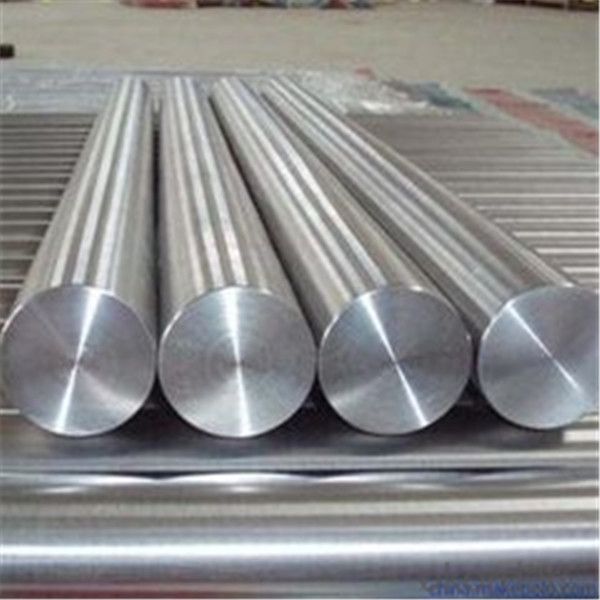
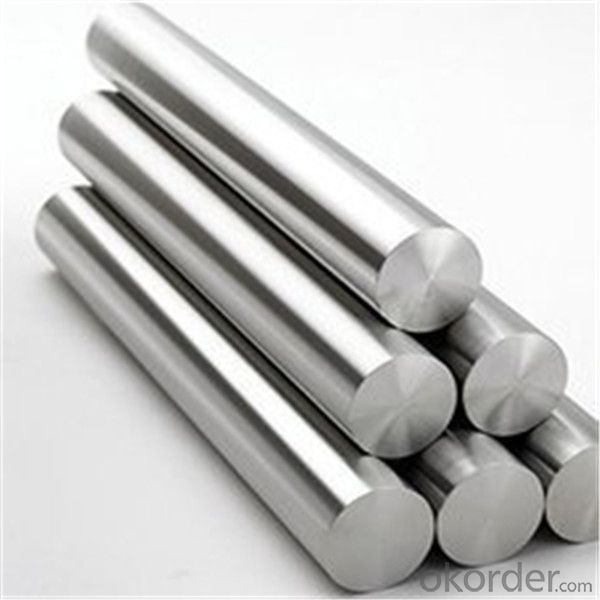
- Q:What are the typical mechanical properties of stainless steel bars?
- Stainless steel bars have a unique combination of mechanical properties that make them highly desirable in various applications. Some of the typical mechanical properties of stainless steel bars include: 1. Tensile Strength: Stainless steel bars exhibit excellent tensile strength, which refers to the maximum amount of stress a material can withstand before breaking or deforming. Stainless steel bars can have a tensile strength ranging from 500 to 2,000 megapascals (MPa), depending on the specific alloy and heat treatment. 2. Yield Strength: Yield strength is the amount of stress a material can withstand before it begins to deform permanently. Stainless steel bars generally have a yield strength ranging from 200 to 1,500 MPa, making them resistant to bending or undergoing plastic deformation under load. 3. Hardness: Stainless steel bars are known for their high hardness, which is the ability of a material to resist indentation or scratching. The hardness of stainless steel bars can vary depending on the alloy and heat treatment, ranging from 150 to 600 Brinell hardness (HB). This hardness ensures the bars are durable and can withstand wear and tear in demanding environments. 4. Ductility: Ductility refers to the ability of a material to undergo plastic deformation without breaking. Stainless steel bars generally exhibit good ductility, allowing them to be shaped or bent without fracturing. The elongation at break, which measures the percentage of deformation a material can undergo before breaking, can range from 10% to 50% in stainless steel bars. 5. Corrosion Resistance: One of the most significant advantages of stainless steel bars is their exceptional resistance to corrosion. They contain a minimum of 10.5% chromium, which forms a thin, protective oxide layer on the surface that prevents oxidation and corrosion. This corrosion resistance makes stainless steel bars suitable for applications in harsh environments, such as marine or chemical industries. 6. Thermal Conductivity: Stainless steel bars possess moderate thermal conductivity, allowing them to transfer heat efficiently. The thermal conductivity can range from 15 to 30 watts per meter-kelvin (W/m·K), depending on the specific alloy. This property makes stainless steel bars useful in applications where heat dissipation is essential. Overall, stainless steel bars offer a combination of strength, hardness, ductility, corrosion resistance, and thermal conductivity, making them widely used in industries such as construction, automotive, aerospace, and food processing.
- Q:What is the difference between stainless steel round bars and stainless steel flat bars?
- The dissimilarity between stainless steel round bars and stainless steel flat bars lies in their shape and dimensions. The primary distinction can be found in their cross-sectional shape. Stainless steel round bars possess a circular cross-section, whereas stainless steel flat bars possess a rectangular cross-section. This discrepancy in shape impacts their applications and their potential uses. Stainless steel round bars are frequently employed in tasks that necessitate strength and resilience, such as construction, manufacturing, and engineering. Their circular shape allows for superior distribution of stress and load-bearing capabilities, rendering them suitable for structural components, shafts, or fasteners. Conversely, stainless steel flat bars are commonly utilized in projects wherein a flat surface is imperative, such as brackets, frames, or decorative applications. The rectangular shape of flat bars provides a larger surface area, making them ideal for applications that necessitate stability, support, or a flat mounting surface. In terms of dimensions, stainless steel round bars typically maintain a consistent diameter throughout their length, whereas stainless steel flat bars possess varying thicknesses and widths. This dissimilarity permits greater flexibility in selecting the appropriate dimensions based on the specific requirements of the project. Ultimately, the selection between stainless steel round bars and stainless steel flat bars hinges on the specific application and desired characteristics of the material. The shape and dimensions of each bar type determine their suitability for different purposes, thus it is crucial to consider these factors when choosing the appropriate stainless steel bar for a specific project.
- Q:What are the different grades of stainless steel bars?
- There are several grades of stainless steel bars, including 304, 316, 410, and 420. These grades vary in terms of their composition, which affects their corrosion resistance, strength, and other properties.
- Q:Are stainless steel bars suitable for the production of turbine blades?
- Stainless steel bars are indeed appropriate for the manufacturing of turbine blades. This is because stainless steel possesses numerous desirable properties that render it an outstanding selection for this purpose. Firstly, stainless steel exhibits high strength and durability, which are indispensable for turbine blades that must endure extreme operational conditions and rapid rotational speeds. Moreover, stainless steel boasts exceptional resistance to corrosion, ensuring that the turbine blades will not deteriorate or lose their performance over time, even in severe environments. In addition, stainless steel showcases commendable heat resistance, enabling the turbine blades to operate effectively at elevated temperatures without distorting or compromising their structural integrity. Furthermore, stainless steel is easily machined, facilitating precise shaping and finishing of the turbine blades. All in all, stainless steel bars supply the indispensable combination of strength, corrosion resistance, heat resistance, and machinability that render them an appropriate material choice for the production of turbine blades.
- Q:What are the different types of surface defects in stainless steel bars?
- There are several types of surface defects that can occur in stainless steel bars, including scratches, pits, scaling, and cracks. Scratches are superficial marks on the surface, while pits are small depressions or cavities. Scaling refers to the formation of oxide layers on the surface, which can cause a rough or uneven appearance. Cracks, on the other hand, are more serious defects that can compromise the structural integrity of the bar.
- Q:What is the difference between square and flat stainless steel bars?
- The primary distinction between square and flat stainless steel bars lies in their shape and cross-sectional design. When it comes to square stainless steel bars, their name accurately reflects their equal width and height dimensions, resulting in a square shape when viewed from the end. This uniform shape offers structural stability and resistance to bending. Square bars find common usage in applications that require support or reinforcement, such as construction, manufacturing, and engineering. On the other hand, flat stainless steel bars possess a rectangular cross-section, with one dimension significantly larger than the other. The increased width provides a broader surface area, making it suitable for applications that demand a larger contact area or greater load-bearing capacity. Flat bars are frequently employed as supports, braces, or for decorative purposes in architectural designs. In terms of functionality, both square and flat stainless steel bars provide high strength, corrosion resistance, and durability. However, their distinct shapes render them better suited for different applications. Square bars excel in providing rigidity and stability, while flat bars are more appropriate for load distribution and spanning wider areas. Ultimately, the choice between the two depends on the specific requirements and intended use of the stainless steel bar in question.
- Q:Can stainless steel bars be cut to custom lengths?
- Yes, stainless steel bars can be cut to custom lengths using different cutting techniques such as sawing, shearing, or plasma cutting.
- Q:Can stainless steel bars be embossed or engraved?
- Yes, stainless steel bars can be embossed or engraved.
- Q:What is the surface roughness of stainless steel bars?
- The surface roughness of stainless steel bars can differ based on a variety of factors, including the manufacturing process, finishing technique, and intended use. Stainless steel bars can possess diverse surface finishes, ranging from smooth and polished to rough and textured. Generally, stainless steel bars are renowned for their relatively low surface roughness in comparison to other materials. The smoothness of stainless steel bars is a result of the material's inherent resistance to corrosion and its capability to be machined and polished with a high level of precision. Consequently, stainless steel bars are suitable for various applications where a smooth and visually pleasing surface is desired. Nevertheless, it is important to acknowledge that the surface roughness of stainless steel bars can be influenced by the specific grade or alloy being utilized. Different alloys may exhibit slight variations in surface finishes due to variances in their chemical composition and manufacturing processes. To determine the precise surface roughness of stainless steel bars, it is advisable to refer to the manufacturer's specifications or consult relevant industry standards. These specifications usually provide details on the acceptable range of surface roughness or specific values measured in terms of Ra (arithmetical mean roughness) or Rz (mean peak-to-valley height). In summary, stainless steel bars generally possess a low surface roughness, but the specific surface finish can differ depending on the grade, manufacturing process, and intended application.
- Q:Can stainless steel bars be used in elevator components?
- Yes, stainless steel bars can be used in elevator components. Stainless steel is a durable and corrosion-resistant material, making it suitable for various applications, including elevator components such as guide rails, brackets, and counterweights.
1. Manufacturer Overview |
|
|---|---|
| Location | |
| Year Established | |
| Annual Output Value | |
| Main Markets | |
| Company Certifications | |
2. Manufacturer Certificates |
|
|---|---|
| a) Certification Name | |
| Range | |
| Reference | |
| Validity Period | |
3. Manufacturer Capability |
|
|---|---|
| a)Trade Capacity | |
| Nearest Port | |
| Export Percentage | |
| No.of Employees in Trade Department | |
| Language Spoken: | |
| b)Factory Information | |
| Factory Size: | |
| No. of Production Lines | |
| Contract Manufacturing | |
| Product Price Range | |
Send your message to us
aisi 430 Stainless Steel Round Bar Price per kg
- Loading Port:
- Shanghai
- Payment Terms:
- TT OR LC
- Min Order Qty:
- 2 m.t.
- Supply Capability:
- 20000 m.t./month
OKorder Service Pledge
OKorder Financial Service
Similar products
New products
Hot products
Hot Searches
Related keywords
